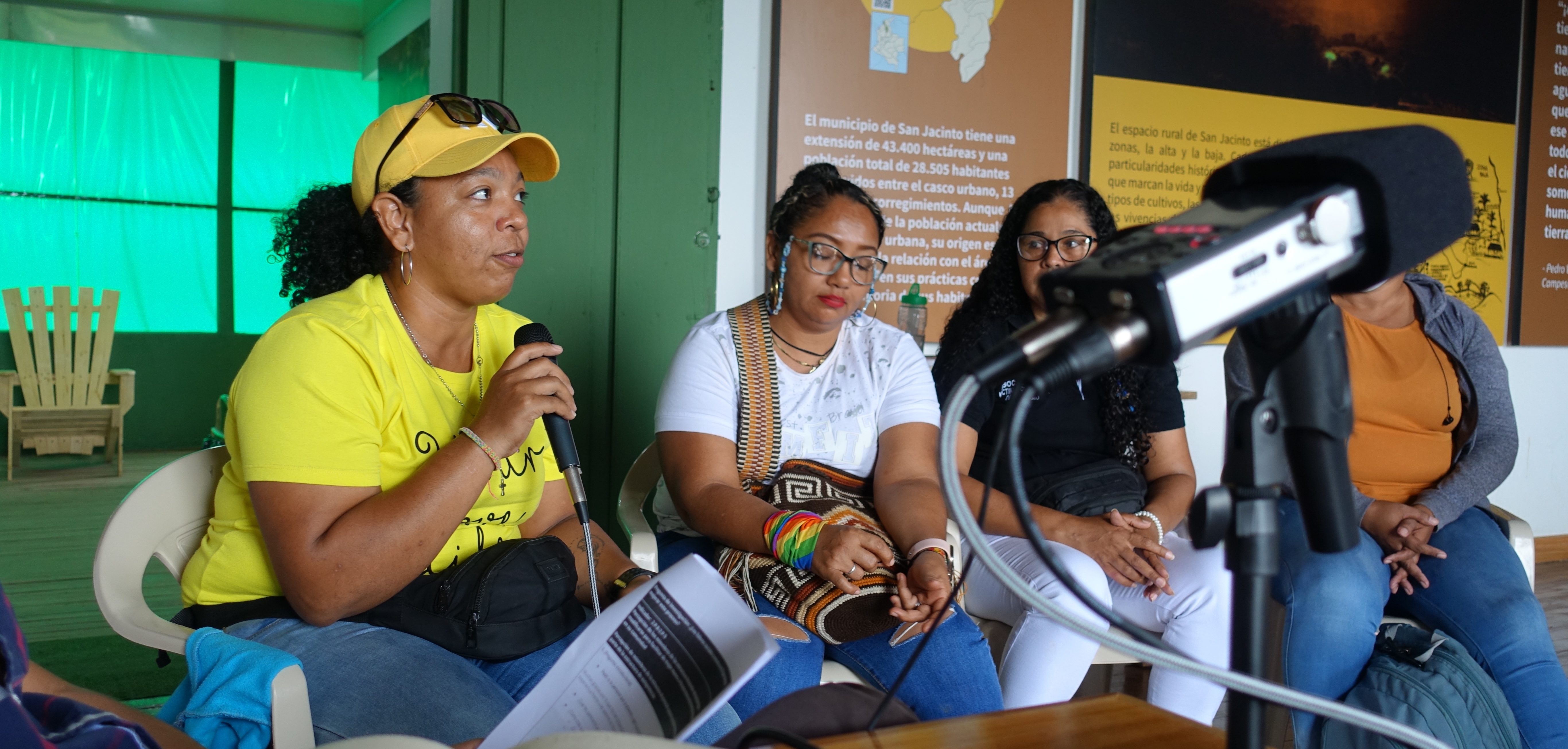About Qualitative Methods
IPA’s mission to alleviate poverty requires more than just numbers; it requires a deep understanding of human experiences, behaviors, and systems that drive change. Qualitative methods help bridge the gap between data and the realities of individuals and communities that participate in studies.

- Qualitative methods provide deep insights into human experiences, behaviors, and systems by focusing on narratives and contextual data rather than just numbers
- These methods complement quantitative research by helping design better interventions, understand local contexts, amplify marginalized voices, and evaluate program impacts
About qualitative research
Qualitative research methods are tools for exploring the how and why behind human actions, decisions, and experiences. Unlike quantitative approaches, which focus on numbers and statistical trends, qualitative methods delve into words, narratives, and visual data to uncover rich, contextual insights. These methods are particularly valuable for understanding the complexities of poverty and the effectiveness of interventions.
Addressing poverty is about more than measuring income or access to resources; it is about understanding the underlying social, cultural, and psychological factors that perpetuate it. Qualitative methods help researchers:
- Understand Context: Explore how local norms, values, and practices influence the impact of programs.
- Amplify Voices: Capture the perspectives of marginalized groups who are often overlooked in traditional studies.
- Design Better Interventions: Use insights to tailor programs that meet the specific needs of target populations.
- Evaluate Impact: Unpack the mechanisms behind why interventions succeed or fail.
At IPA, qualitative research plays a vital role in designing, implementing, and evaluating programs aimed at reducing poverty. Here are some examples:
- Financial Inclusion Studies: Interviews and focus groups with low-income individuals to understand barriers to saving, borrowing, and using financial products.
- Education Interventions: Ethnographic studies in schools to explore teacher-student dynamics and identify strategies to improve learning outcomes.
- Health Programs: In-depth interviews with caregivers and healthcare workers to assess the cultural acceptability of new health interventions.
- Gender Dynamics: Case studies to explore how social norms and power structures affect women’s participation in economic programs.
Qualitative research does not stand alone—it complements quantitative methods to create a more holistic understanding. For example, qualitative data can explain anomalies in survey results, uncover mechanisms of change in randomized controlled trials or RCTs, and provide actionable insights for scaling successful programs.

A Toolkit of Qualitative Methods
By incorporating qualitative methods in research, IPA ensures that programs are not only evidence-based but also rooted in the realities of the people served. These methods help design innovative solutions, evaluate their effectiveness, and contribute to a world free of poverty.
Focus groups involve guided discussions with a small group of participants to explore their perceptions, opinions, and attitudes towards a specific topic. This method is useful for generating diverse perspectives and understanding group dynamics. → Learn more about focus groups
Interviews involve one-on-one conversations between a researcher and a participant to explore individual experiences, beliefs, and motivations. This method allows for deep, personal insights and is flexible in terms of structure and depth. → Learn more about qualitative interviews.
Observational research involves systematically watching and recording behaviors and interactions in their natural settings. This method provides insights into real-world practices and social interactions that other methods might not capture. → Learn more about observations.
Rapid ethnographies are short-term, intensive studies that use ethnographic techniques to gather in-depth information about a community or organization. This method is particularly useful for understanding cultural contexts and identifying key issues in a limited time. → Learn more about rapid ethnographies.

